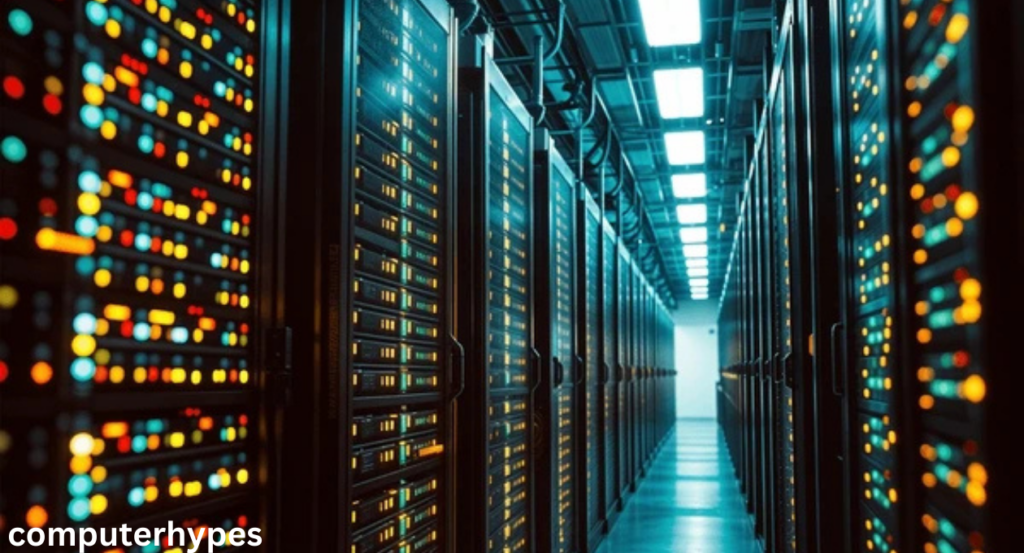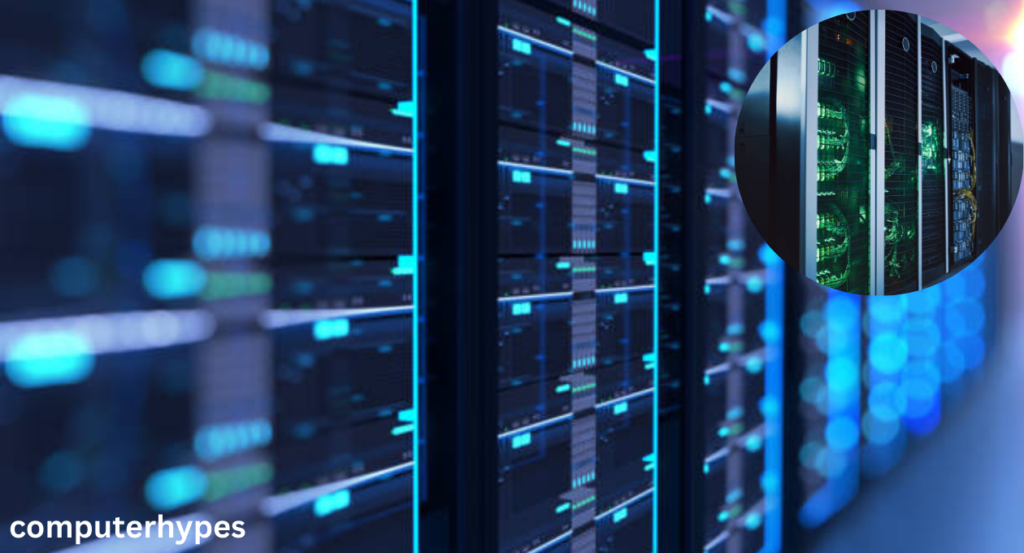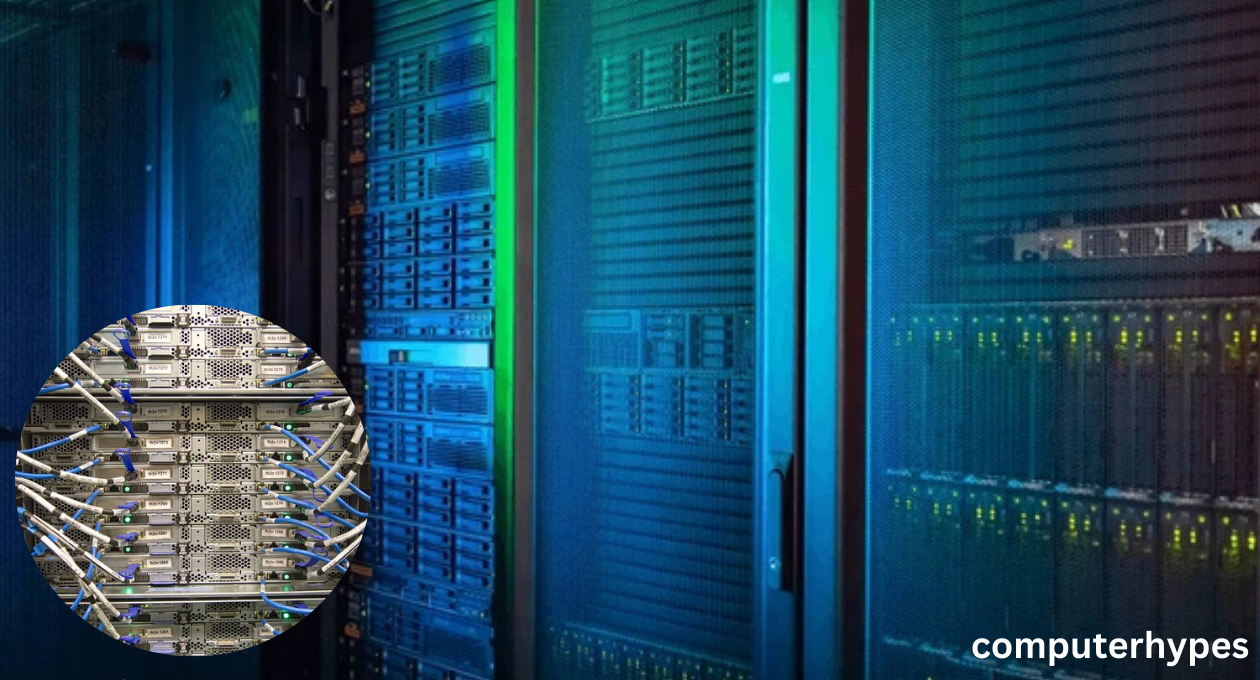Data Center Equipment Everything You Need to Know
Introduction to Data Center Equipment
So, you’re curious about data center equipment? Whether you’re a business owner, IT pro, or just a tech enthusiast, understanding the backbone of the internet — data centers — is a game changer.
click in link Structured Cabling Solution
What is a Data Center?
Imagine a warehouse-sized brain working 24/7 to power websites, apps, and cloud services. That’s a data center. It’s a facility filled with high-tech gear to store, process, and manage data efficiently.
Why Is Data Center Equipment So Important?
Think of data center equipment as the essential organs of a living system. Without them, data flow stops. Every click you make online relies on these machines doing their job — flawlessly and continuously.
Core Components of a Data Center
Servers
Servers are the muscle of the data center. They handle the data crunching, storage, and application hosting.
Rack Servers
These are mounted in racks and are great for saving space. They’re the most common type.
Blade Servers
Blade servers are slimmer and slide into enclosures. They’re super dense and power-efficient.
Tower Servers
These look like traditional desktop towers and are ideal for small businesses.
Storage Devices
Storing data is mission-critical — and there are several ways to do it.
HDD vs SSD
Hard Disk Drives (HDDs) are cheaper and have larger capacities, while Solid State Drives (SSDs) are faster and more durable.
Network Attached Storage (NAS)
Perfect for file sharing and backups, NAS units connect directly to your network.
Storage Area Network (SAN)
Used in enterprise environments, SANs provide high-speed, block-level storage access.
Network Infrastructure
A data center is only as good as its network.
Switches and Routers
Switches direct traffic within the data center; routers connect the data center to the outside world.
Firewalls and Security Appliances
These defend your digital assets from cyberattacks.
Cables and Patch Panels
Structured cabling and patch panels keep everything organized and easily accessible.
Power and Cooling Systems
Without reliable power and cooling, your data center is a ticking time bomb.
Uninterruptible Power Supplies (UPS)
These kick in during power outages, preventing data loss.
Power Distribution Units (PDUs)
They distribute electricity eficiently to all hardware.
Cooling Systems
CRAC Units (Computer Room Air Conditioning)
These regulate air temperature to prevent overheating.
click in link Structured Cabling Solution

Liquid Cooling
Used in high-density setups, it’s more efficient than air cooling.
Monitoring and Management Tools
You can’t manage what you can’t measure.
DCIM Software (Data Center Infrastructure Management)
Gives you real-time visibility into power, cooling, and space usage.
Environmental Monitoring
Tracks temperature, humidity, and airflow.
Remote Access Tools
Let you troubleshoot from anywhere, saving time and effort.
Physical Infrastructure
Everything has to be housed securely.
Server Racks and Cabinets
These hold and protect all your servers and gear.
Raised Flooring
Allows airflow and easy cable management underfoot.
Cable Management
Proper labeling and routing prevent downtime and human error.
Security Systems
Keeping your physical environment safe is just as crucial.
Biometric Access
Only authorized personnel can get in.
Surveillance Cameras
Monitor everything 24/7.
Fire Suppression Systems
Specialized systems like FM200 or inert gases stop fires without damaging equipment.
Backup and Redundancy Equipment
Always prepare for the worst-case scenario.
Backup Generators
Diesel or natural gas-powered generators provide emergency electricity.
Redundant Arrays
RAID systems ensure data isn’t lost even if a disk fails.
Disaster Recovery Systems
These mirror your setup in another location to keep you up and running during catastrophic events.
Emerging Technologies in Data Centers
The future is already here.
Edge Computing Gear
Puts processing power closer to users for ultra-low latency.
AI-Driven Monitoring
AI analyzes data to predict failures before they happen.
Green Data Center Tech
Solar panels, energy-efficient cooling, and carbon-neutral designs are becoming the norm.
Buying vs Leasing Data Center Equipment
Buying is great for control; leasing helps with cost and upgrades. It all depends on your business needs.
Setting Up a Data Center: Step-by-Step
- Define your goals.
- Select a location.
- Plan layout and airflow.
- Install infrastructure.
- Test everything.
- Monitor constantly.
Common Mistakes to Avoid in Data Center Setup
- Poor cable management
- Inadequate cooling
- No backup power
- Ignoring scalability
- Weak physical security
Maintenance and Upkeep of Data Center Equipment
Routine inspections, firmware updates, and dusting (yes, even that) keep your data center humming.
The Future of Data Center Hardware
We’re talking quantum computing, hyper-converged systems, and smart racks. Buckle up — it’s going to be wild.
click in link Structured Cabling Solution

Conclusion
Whether you’re building a data center or simply trying to understand one, getting familiar with the essential equipment is the first step. From servers and storage to cooling and security, every piece plays a critical role in keeping the digital world alive and running. And with tech evolving rapidly, staying updated isn’t optional — it’s necessary.
FAQs
1. What is the most important equipment in a data center?
Servers are arguably the most crucial, as they handle all computing tasks.
2. How often should data center equipment be replaced?
Typically every 3–5 years, but it depends on usage and technology advances.
3. What’s the difference between NAS and SAN?
NAS is file-level storage for simple access; SAN is block-level and ideal for high-speed performance.
4. Can I run a small data center at home?
Yes, but you’ll need proper cooling, security, and reliable power.
5. How much does setting up a data center cost?
It can range from a few thousand dollars for small setups to millions for enterprise-level infrastructure.




Post Comment